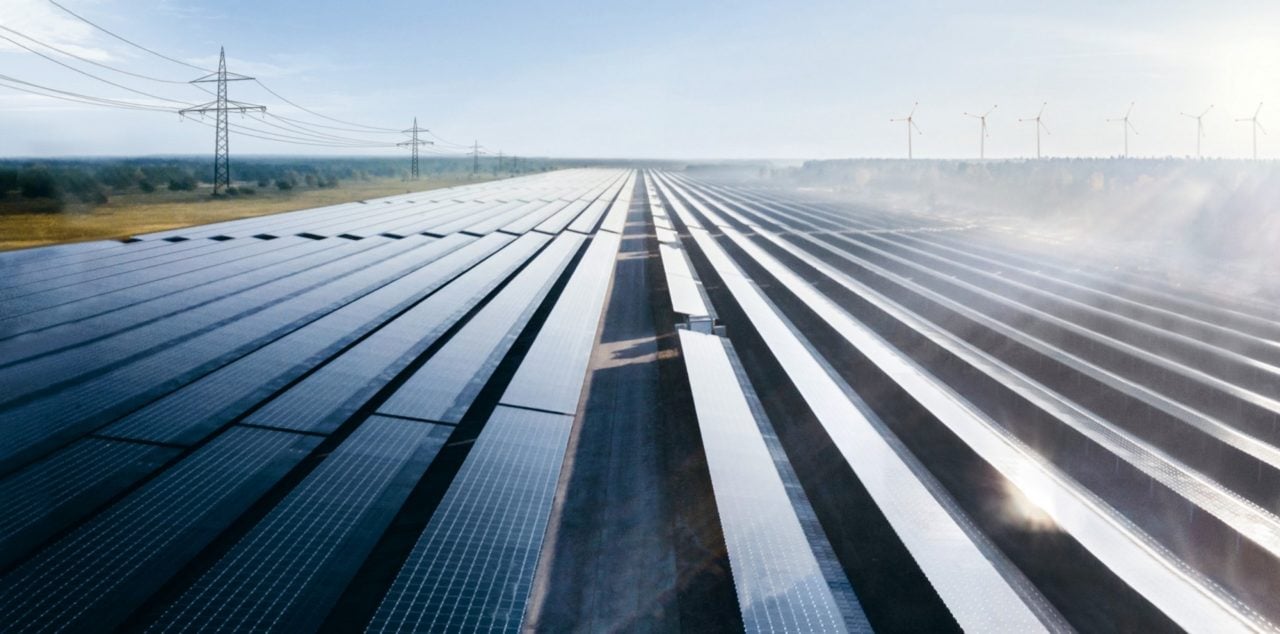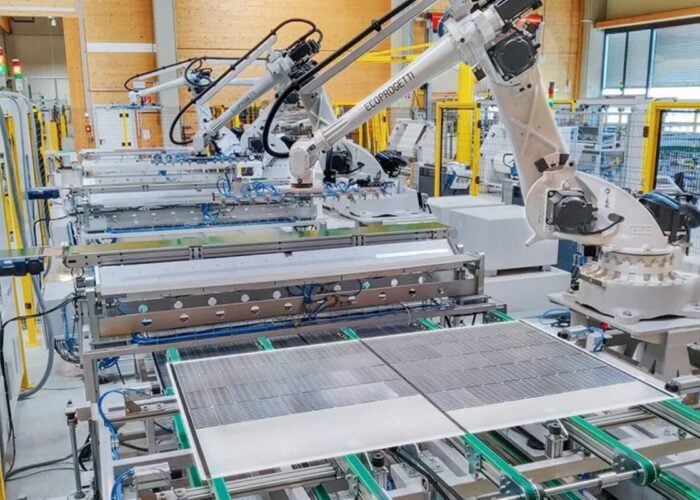
In a year that has witnessed marked advancements in the stated power of solar modules, documented significant decreases in levelised cost of electricity and seen financiers sidestep warnings of the deepest economic recession in living memory, it would be easy to consider there nothing left in solar PV’s path to domination of the power market. But ask any seasoned developer to name one issue that continues to be a thorn in the technology’s side, and the majority – if not all – will return the same answer: The grid.
In reality, the grid is not a particularly new or emergent obstacle to solar, or indeed the wider renewables sector. Shelved as an ‘intermittent’ or ‘variable’ generator, renewables’ relationship with the grid hasn’t exactly been harmonious since the first great quantities of renewable power were connected. Most electricity grids are decades old, consisting of legacy infrastructure that creaks under modest pressure, and managing an influx of nascent technologies has become an unenviable task of spinning many, many plates, all at once.
Try Premium for just $1
- Full premium access for the first month at only $1
- Converts to an annual rate after 30 days unless cancelled
- Cancel anytime during the trial period
Premium Benefits
- Expert industry analysis and interviews
- Digital access to PV Tech Power journal
- Exclusive event discounts
Or get the full Premium subscription right away
Or continue reading this article for free
More established solar markets are now feeling the pinch years of express renewables connections, with grid connection capacity sparse and, in some regions, almost non-existent. Solar-rich regions such as the UK’s south coast and Extremadura in Spain are now near battlegrounds for grid connection agreements, battling it out for whatever scrap of spare capacity they can identify. Queues can be lengthy, backed up by a sea of requests. Earlier this summer, Spain’s backlog of renewables projects vying for grid connection agreements was said to have stood at hundreds of gigawatts, a figure one developer described as “mindboggling”. And as supply and demand dynamics play out, the result is grid connection agreements skyrocketing in price. Another UK-based developer told this publication that the sums quoted to his company for a grid connection agreement were “astronomical” compared to what they have been historically.
Some markets have indeed been handed legislative support. A national decree on grid access in Spain, passed earlier this year, requires guarantees to be paid for grid connection agreements and certain project milestones to be met at specific deadlines. If those deadlines are missed without good reason, permits are deemed null and void, and the project cannot connect to the grid. A similar policy was enforced two years ago in the UK, after two of the country’s distribution network operators (DNOs) fired warnings at so-called “Grid Grabbers” – described as companies amassing grid connection agreements only to idle projects or attempt to sell them on at profit – outlining measures to prevent distribution grids from descending into a “wild west scenario”. Comprehensive evidence of intent to proceed with projects is now required for a permit to be granted.
Visibility also remains problematic, both in terms of spare capacity and what, exactly, is connected to distribution grids. A study conducted by UK DNO Western Power Distribution last year uncovered thousands of connected distributed energy resources – commonly residential solar installs and electric vehicle chargers – that were not acknowledged in its system, seemingly caused by installers failing to file the proper paperwork. Last September the UK’s electricity system operator National Grid ESO launched its own study to map out so-called “invisible” solar panels on the country’s networks in order to improve its own forecasting.
Grid capacity is, unfortunately, a finite resource and not every solar farm, battery storage facility – or combination thereof – will be able to connect to the grid. And with distribution grid improvements or capacity expansions proving extortionate, coupled with a lack of political will to pass those costs onto the consumer, attention has turned onto better understanding how to eke out every last spare drop of grid capacity, either through more flexible connection agreements, better understanding generation portfolios, or the adoption of more novel technologies.
Knowing your load
One particular lesson that most seasoned developers will share is to work with your network operator, and not around them, and identify precisely what kind of load and generation profile you intend to connect. In markets where grid capacity constraints have been long-standing, there have been many examples of renewables operators being able to find middle grounds that support, rather than hinder, development. Given their longstanding nature and how critical they are to revenue generation, the grid connection agreement is without question the most valuable part of the asset, so work to maximise its value.
In the UK, some DNOs offer more flexible grid connection agreements, wherein network operators identify an optimum export cap for any given site which the asset owner can agree to. Any generation that exceeds that cap is essentially dumped, sparing capacity issues on the network and allowing new projects to come forward. Some also include allowances for curtailment notices.
More recently, network operators in the Netherlands struck an agreement with renewables organisations in the country which promise to accelerate the grid connection process. The deal, enshrined within a legal covenant, sees solar operators agree to maximum export limits of 70% of its peak generation capacity – reflecting how a solar asset’s performance only exceeds that figure for around 3% of its operational lifespan – in exchange for grid operators identifying more spare capacity on the grid.
This is an extract of an article first published in Volume 25 of PV Tech Power. The full article can be read in the full digital copy of PV Tech Power 25, which can be downloaded via the PV Tech Store here






